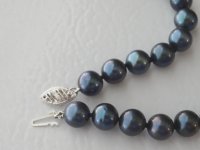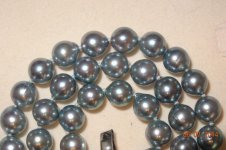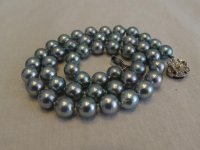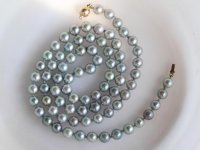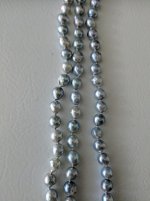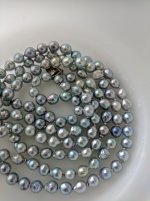So I am a bit confused when it comes to pearls (specifically akoyas) that aren't a natural color. If I have understood things right, then there are more than one way that they might be treated to obtain a certain color? What type of methods are being used, and how does one discern which pearl has been subjected to which method? Are there somewhere I can go and look at pictures of akoyas that are natural colored vs those that are dyed or otherwise "treated"? I know that black akoyas are always dyed, but it's the silver-grey and blue ones that confound me.
Edit: Just want to make it clear that my question has nothing to do with the so called "pearl parties".
Edit: Just want to make it clear that my question has nothing to do with the so called "pearl parties".
Last edited:

